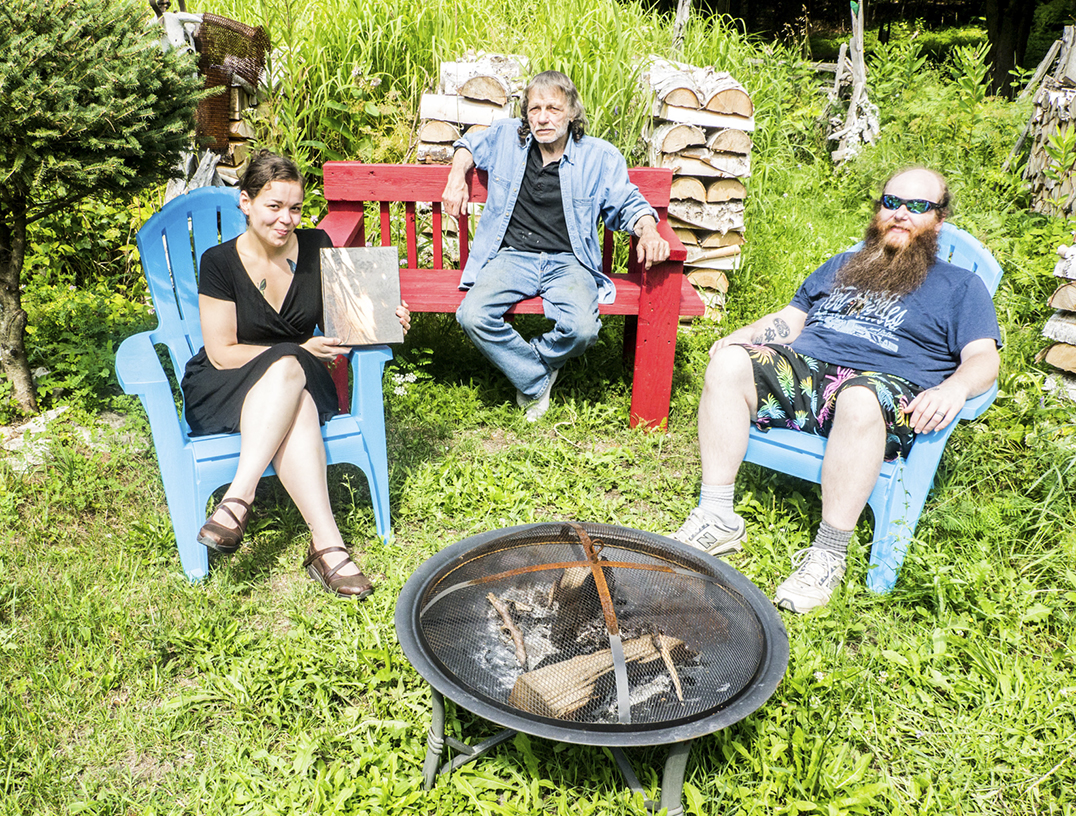More than $1 billion was left unspent in the Aboriginal Affairs and Northern Development Budget
To the Expositor:
Harper keeps stepping in “cow-pies.” In a recent televised debate he talked about “ordinary” Canadians, “new” Canadians, and “old-stock” Canadians. Let’s remind him that anybody who arrived in North America after 1492, 1534, 1763, 1812 or 1867 is “new stock” in Anishinaabe eyes. When the treaties were signed between “Indian” peoples and the British Crown, promises were made that were to be kept “as long as the waters flow, the sun shines, and the grasses grow.” Guess Canada doesn’t need to adhere to the treaty promises anymore because of the drought in the west—grasses aren’t growing; the sun obscured by smoke from out-of-control wildfires—the sun doesn’t shine. Will the waters continue to flow? Great Lakes water levels fluctuate and people south of us are eyeing up our fresh water lakes to counter their drought. How are these conditions tracked and monitored? Who knows? Harper muzzled the scientists and cancelled the long form census. Canada did not honour the treaty promises anyway, as demonstrated by the $1 billion that it did not spend in the Aboriginal Affairs and Northern Development department of the federal government. Guess that’s where Harper got his “surplus” from.
There are land claims being negotiated here and there in Indian country including one that affects Whitefish River people. There is a big problem with that land claim however, and it has to do with what people are calling it. It’s supposed to be a land claim—it’s become a money claim. The way I figure it, if Whitefish River’s council and the federal government agree to settle the claim by accepting cash money, then it’s a money claim. A land claim is a land claim. Land for land is what it should be.
As it is, there are people closeted together on postage-stamp sized plots of land called reserves. This makes it all the easier for governments to count, contain, corral, and control the people. Anishinaabe social structure consists of families, nuclear and extended; clans; communities; and nations. When you glom them all together in one or two neighbourhoods, it’s easy for things to get out of control, as in drive-by drug dealers making their rounds; as in dogs roaming free despite dog bylaws; as in kids roaring around in ATVs without helmets, and so on. No elbow room–big social tension. On the other hand, if a land claim is settled on a land-for-land basis, this will free up territory so that Anishinaabek can spread the people back out on the land again. When someone has elbow room, it’s easier to think about how to make a living in a culturally appropriate and inclusive way.
There was an announcement just recently about 150 people losing their jobs in a Northeastern Ontario hospital. It doesn’t take a great leap of imagination to think that some of those folks will be at risk of homelessness. Some of them are in economic or housing situations that are precarious–just think of how the banks get nervous at the prospect of someone possibly missing a mortgage payment.
Then there was the lady who was found in Mindemoya–homeless. This is called provisionally accommodated. Examples are those who are in short-term, temporary accommodations such as hospitals, motels, institutions, prisons, or places without permanent housing arrangements. These are places without security of tenure.
There’s another type of homelessness called emergency sheltered. This includes folks staying in homeless shelters or shelters to escape family violence, to escape natural disasters, fires, or floods. Then there’s unsheltered which refers to people who are absolutely homeless, who live on the streets, or live in places that are not intended for human living. Unsheltered includes those who live in public places, or private places without permission or contract. Unsheltered are also those who live in places not meant for permanent human living.
How big is the issue? In 2013, the Native Women’s Association of Canada stated that more than 1 million people in Canada experience difficulty keeping their housing. CBC News reported in 2014 that 30,000 Canadians are homeless every night. Fifty-five percent of those living on the streets in Thunder Bay are aboriginal. The Homelessness Partnering Secretariat has estimated that between 150,000 and 300,000 persons experience homelessness in Canada in a given year. In 2009, 147,000 people stayed in an emergency shelter at least once, this is a rate of about 1 in 230 Canadians. Women and children at 546 shelters in 2010 constituted a 74 percent occupancy rate. Structural causes include inadequate income, lack of affordable housing, lack of access to health supports, and discrimination. Systems failure happens when care and support systems fall apart, as in not planning well for hospital discharge, or lack of support for immigrants and refugees. Individual and relational causes are traumas from house fires, job loss, family break-up or domestic violence, and extreme poverty. Oh, Canada–your home on Native land.
Marie McGregor Pitawanakwat
Whitefish River First Nation




